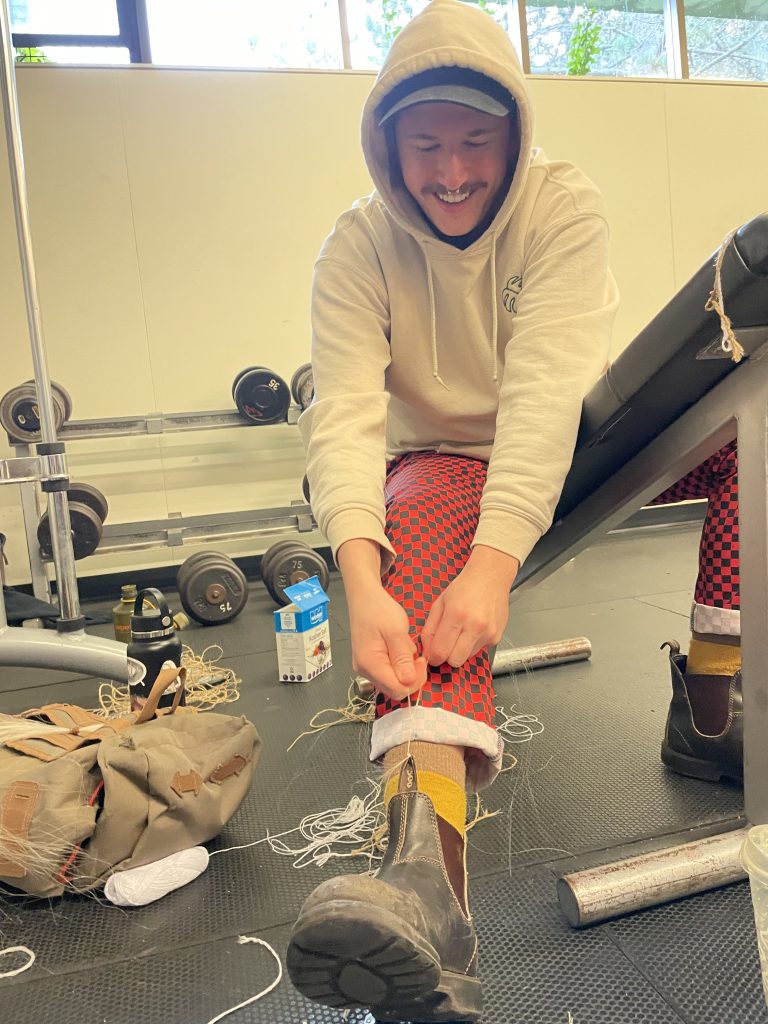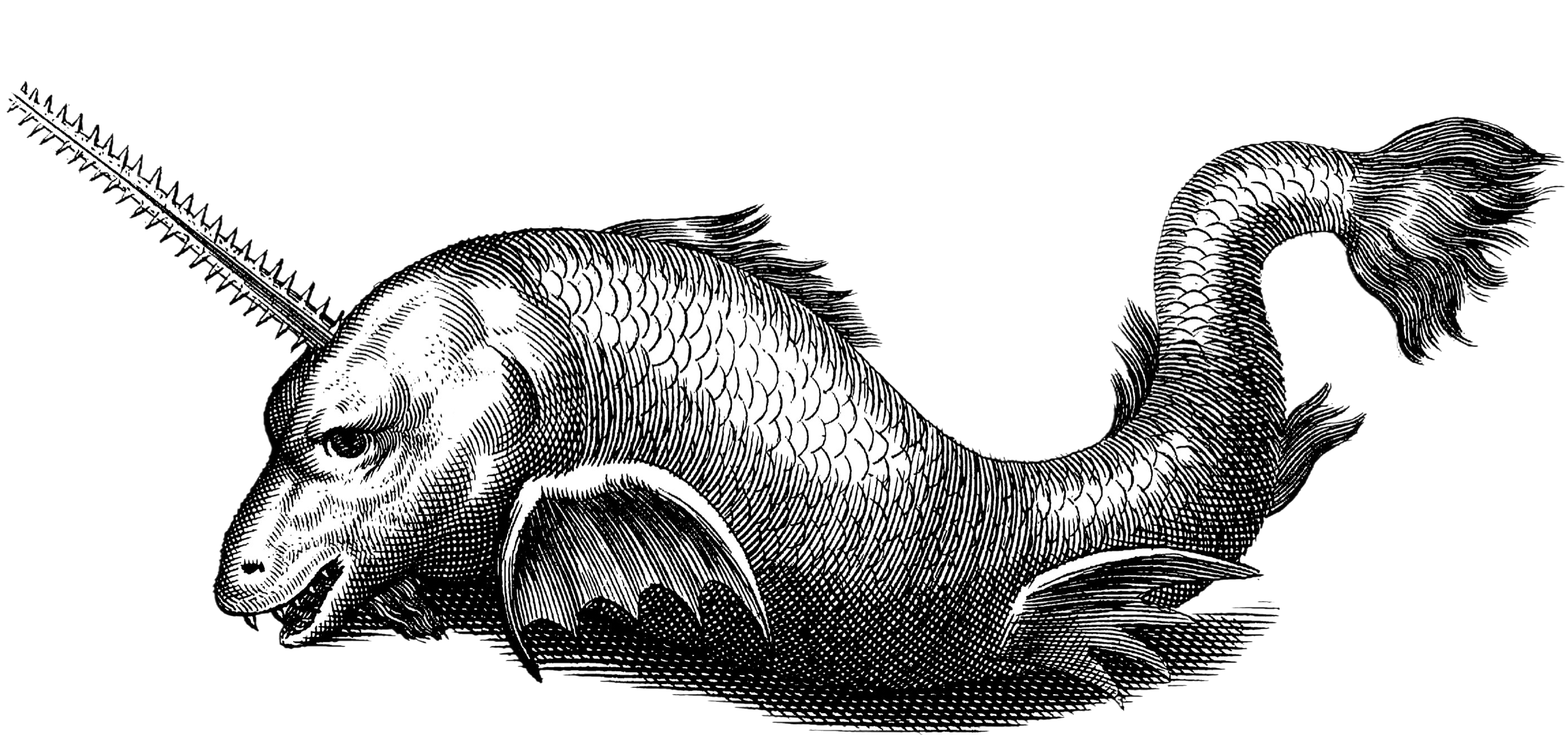The end of this project is quickly approaching, and we have our poster presentations on Monday! Time really flew by with this one. I think I speak on behalf of our entire group when I say that none of us have worked on a project quite like this, and I, for one, have enjoyed it, especially the creative aspect of it.
Strengths:
During our project’s testing stage, we discovered some unlikely outcomes (the horsehair was significantly less strong than we expected). Despite this, we adapted our project to test for the compounding variable – ‘Variable P’ (the urine on the female horsehair). On very short notice, Anuk was able to procure some male horsehair for testing, which Variable P would not have affected. The testing results revealed the male horsehair was actually able to hold less weight than the female horsehair. Nonetheless, testing the male horse hair as well, improved the reliability of our project.
Overall the project was very cost effective, as the only items we needed to purchase were the hemp, linen and luggage weight. And once we acquired all of our materials members of our group showed a special aptitude for braiding!

Weaknesses:
None of our group members have fishing experience, which was an added challenge when learning about everything to do with fishing. There was also the challenge of taking modern-day materials and trying to compare it with those that would have been used in a medieval context.
Moreover, fishing line is archaeologically invisible due to its poor preservation, so we had to rely on heavily medieval texts to help us develop our methodology. Some of the texts we were using come from a freshwater context, so a limitation of or project is that we had to extrapolate and make some assumptions about how the materials would perform in a salt water context because we were testing the lines after they were soaked in salt water.
One of the primary texts we used to guide our study was A Treatyse of Fysshynge wyth an Angle, which also outlined a dying technique that would have been used for horsehair fishing line. However, we chose not to integrate dying into the project as it would have been beyond the scope of what we could accomplish within the timeframe of this project. Further research to understand the affect of dying in the process of fishing line production could be an intriguing area of study in the future.

Final Thoughts:
Overall, the project went fairly smoothly except for some of the unexpected results during the testing stage, which prompted us to add another type of fishing line (the male horsehair). Nonetheless, seeing which of our hypotheses were proven right and wrong was exciting. During the progression of our project, we gained insight into the time, effort and skill that would have been required to make the fishing lines used during the medieval period.
